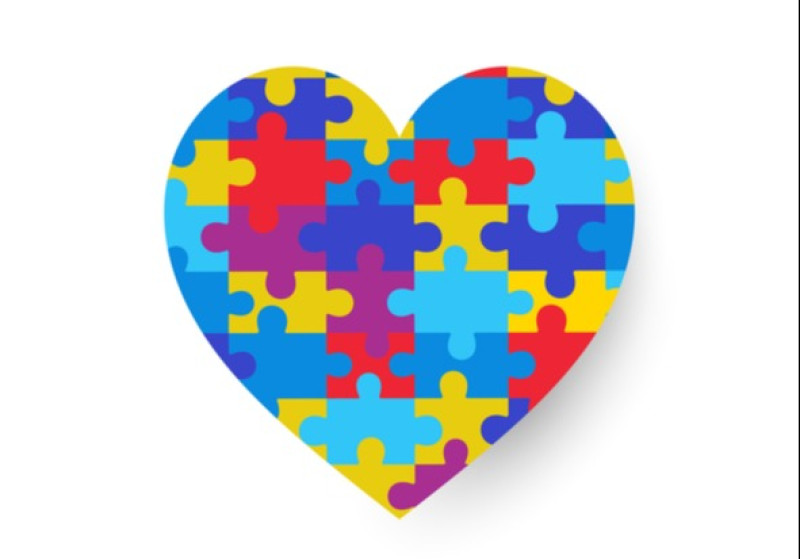
Autism spectrum disorder is a neurodevelopment disorder primarily affecting communication and social interaction. The exact diagnostic criteria are available in the DSM-V but generally include deficits in communication, interpersonal relationships, and nonverbal communication. In addition, a person often exhibits restrictive behaviors such as repetitive motor movements or speech, insistence on uniformity and adherence to routines, ritualized behaviors, and hyper- or hypo-reactivity to sensory stimuli1,2,3.
Autism spectrum disorder is usually diagnosed in very early childhood, often by the age of two. However, some children are not diagnosed until they are school-aged, as their coping mechanisms aren’t overwhelmed until they are placed in more intense social settings1,2,3.
Individuals on the autism spectrum experience medical emergencies and call EMS just like anyone else, so here are five tips to help you provide great care to your patients:
- Limit unnecessary stimuli. For a person on the autism spectrum, distracting stimuli can be overwhelming or frustrating, making it difficult to focus on the task2. EMS is full of distracting stimuli, from the many lights in the ambulance to our equipment's various alarms, beeps, and other noises to our tendency to arrive en masse and perform multiple tasks simultaneously. Consider dimming the lights, limiting personnel entering the scene or in the patient compartment, and performing one task at a time when possible. For example, rather than asking patient history questions while your partner takes a blood sugar, pause your interview for a moment to allow your partner to take a blood sugar.
- Communicate their way. Individuals on the autism spectrum have different communication strengths and needs. While some may prefer spoken communication, others may need to write down their responses or use communication aids such as picture-based systems or sign language to answer questions.2 Additionally, a patient’s ability to understand may differ from their ability to respond: for example, they may understand your speech just fine, even if they cannot speak themselves2,4. Finally, many individuals on the autism spectrum sometimes need more time to process questions and form a response—be patient and give time if needed and if possible2. It’s worth mentioning that not every person with autism will need all these communication accommodations, and some may not need any, so don’t assume anything—find out what your patient needs and adjust accordingly.
- Involve caregivers. Parents or others familiar with the patient will likely have some helpful tips and tricks to ensure your interactions go well. Listen to the caregivers and make accommodations to follow their advice or systems whenever possible. Bringing a parent or caregiver with you in the ambulance can also be helpful, as you can continue to involve them as part of the care team, and the patient may be comforted by the presence of a familiar person.
- Bring items that are important to the patient. Most of us have experienced patients who demand we pack them a suitcase with books and clothes for a week, but for a person on the autism spectrum, there may be a few items that are essential to bring along. Items like sunglasses or ear muffs to reduce sensory stimulation could be vital to keeping a patient calm through a stressful ER visit2. Conversely, some sensory toys (like a fidget spinner) or a weighted blanket might be necessary to provide additional stimulation and achieve the same goal2.
- Avoid unnecessary interventions. Some on the autism spectrum experience pain differently than we might expect, and some may have had previous negative experiences in the healthcare system2. For example, if you do not need an IV to give medication, it might be more appropriate to hold off starting one altogether. While the blood pressure cuff might be a minor annoyance to some, others might find the tight squeeze unbearable or overstimulating, so taking the cuff off once you have enough sets of vitals to care for the patient adequately is well within reason.
It can be challenging to deviate from your norms as a provider, and there are many situations in EMS when it makes sense not to adjust your methods to ensure you provide quality care while keeping you and your crew safe. Still, you are the professional (or maybe the volunteer), and your patients can’t choose you, but you chose EMS. It’s on us as EMS providers to rise to the occasion when our patients need it, including our patients on the autism spectrum, so consider meeting them part way when it comes to these simple adjustments you can make to ensure everyone gets the care they deserve. To learn more about caring for patients with special needs, visit EMTprep.com!
- 1. Centers for Disease Control and Prevention. (2022, November 2). Diagnostic criteria. Centers for Disease Control and Prevention. https://www.cdc.gov/ncbddd/autism/hcp-dsm.html https://www.cdc.gov/ncbddd/autism/hcp-dsm.html
- 2. AASPIRE.org. (2015, September 29). Caring for Patients on the Autism Spectrum. AASPIRE Healthcare Toolkit for Healthcare Providers. https://autismandhealth.org/?a=pv&p=main&t=pv_fac&s=fac_fac&theme=ltlc&size=small https://autismandhealth.org/?a=pv&p=main&t=pv_fac&s=fac_fac&theme=ltlc&size=small
- 3. Nicolaidis, C., Kripke, C. C., & Raymaker, D. (2014). Primary care for adults on the autism spectrum. Medical Clinics of North America, 98(5), 1169–1191. https://doi.org/10.1016/j.mcna.2014.06.011 https://doi.org/10.1016/j.mcna.2014.06.011
- 4. Mughal, S., Fiazy, R. M., Saadabadi, A., & Doerr, C. (2022). Autism Spectrum Disorder (Nursing). StatPearls.
- Dozens of courses and topics
- State-specific requirements
- We report to CAPCE in real time


